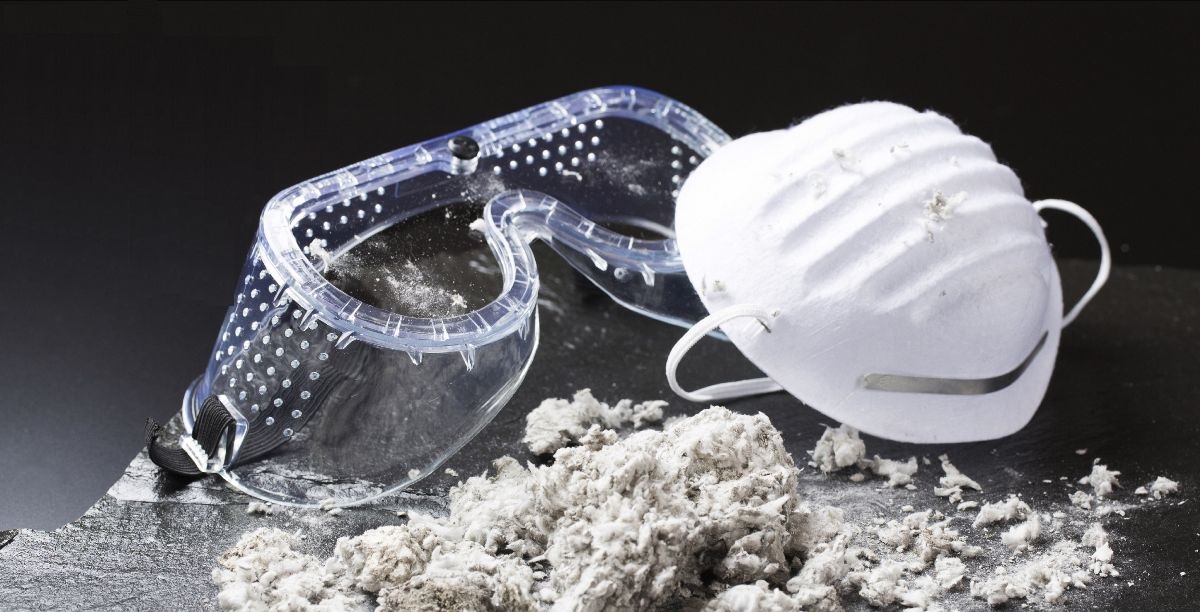 What is silica?
What is silica?
Crystalline silica (silica) is found in sand, stone, concrete and mortar. It is also used to make a variety of products including composite stone used to fabricate kitchen and bathroom benchtops, bricks, tiles and some plastics. When workers cut, crush, drill, polish, saw or grind products that contain silica, invisible dust particles (often 1-10% the size of individual grains of sand) are generated that are small enough to lodge deep in the lungs and cause irreversible lung damage.
Inhaling crystalline silica can lead to serious, sometimes fatal illnesses including silicosis, lung cancer, tuberculosis (in those with silicosis), and chronic obstructive pulmonary disease. The non-crystalline or amorphous forms of silica do not cause this kind of lung damage.
Silica is one of the most abundant materials in the earth's crust, and is utilised in many products across a variety of industries and workplaces. Crystalline silica is most dangerous to health when dust is generated, becomes airborne and is then inhaled by a worker.
The workplace exposure standard for respirable crystalline silica (silica dust) that must not be exceeded is 0.05 mg/m3 (eight-hour time weighted average).
PCBUs should keep worker exposure to silica dust as low as reasonably practicable. Air monitoring must be conducted if there is any uncertainty that the exposure standard is being exceeded or to find out if there is a risk to a worker’s health.
Work activities that may represent a high risk exposure:
Examples of work activities that can generate respirable silica dust particles include:
- during fabrication and installation of composite (engineered or manufactured) stone countertops
- excavation, earth moving and drilling plant operations
- clay and stone processing machine operations
- paving and surfacing
- mining, quarrying and mineral ore treating processes
- tunnelling
- construction labouring activities
- brick, concrete or stone cutting; especially using dry methods
- abrasive blasting (blasting agent must not contain greater than 1 per cent of crystalline silica)
- foundry casting
- angle grinding, jack hammering and chiselling of concrete or masonry
- hydraulic fracturing of gas and oil wells
- pottery making, and
- housekeeping activities involving dry sweeping, compressed air or blowers on silica-containing dusts
- chronic bronchitis
- emphysema
- acute silicosis
- can develop after a short exposure to very high levels of silica dust, within a few weeks or years, and causes severe inflammation and an outpouring of protein into the lung
- accelerated silicosis
- can develop after exposures of 3 to 10 years to moderate to high levels of silica dust and causes inflammation, protein in the lung and scarring of the lung (fibrotic nodules)
- chronic silicosis
- can develop after long term exposure to lower levels of silica dust and causes fibrotic nodules and shortness of breath
- can include progressive massive fibrosis where the fibrotic nodules in the lung aggregate
- lung cancer
- kidney damage, or
- scleroderma
- a disease of the connective tissue of the body resulting in the formation of scar tissue in the skin, joints and other organs of the body.
Control Measures:
Under the model WHS Regulations, PCBUs have specific duties to manage the risks to health and safety when using, handling, generating and storing hazardous chemicals, including silica. PCBUs also have a duty to ensure the workplace exposure standard for crystalline silica is not exceeded and to provide health monitoring to workers.
Managing risks and worker exposures to silica can be achieved by selecting and implementing measures using the hierarchy of controls:
- substitution such as sourcing composite stone benchtops with a lower percentage of silica
- isolation of the hazard – using principles of safe work design to designate areas for tasks that generate dust and appropriate worker positioning during these tasks, using enclosures and automation to conduct dust generating tasks
- engineering controls that minimise the risk of exposure to generated dust, for example, local exhaust ventilation, water suppression (wet cutting) or using tools with dust collection attachments
- should a risk still remain; administrative controls, including good housekeeping policies, shift rotations and modifying cutting sequences
- should a risk still remain; personal protective equipment including appropriate respiratory equipment (generally a minimum of a P2 efficiency fit tested half face respirator) and work clothing that does not collect dust.
More than one control will be required to adequately protect workers. Sole reliance on PPE is inadequate to protect workers. Signs should also be set up to warn of the conditions.
Under the model WHS Regulations, PCBUs must provide health monitoring for workers if they carrying out ongoing work using, handling, generating or storing crystalline silica and there is a significant risk to the worker’s health because of exposure. Ensure your employer properly addresses this.
SafeWork Australia's guide to working with silica and silica containing products is available here and should be a primary source of information. As the information and regulations surrounding silica dust evolve, it is likely that the regulations will change with it. As such, you should always seek out accurate and current information pertaining to your state or territory from your WHS regulator.
For further information, see SafeWork Australia's page on crystalline silica and silicosis





